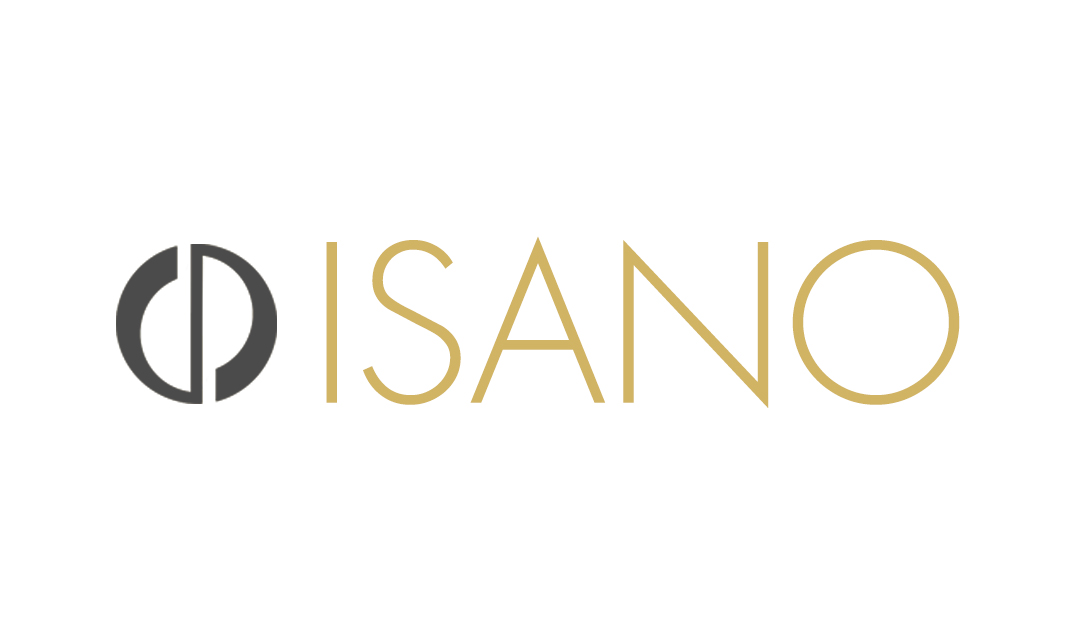Treatment for Alcohol Problems: Finding and Getting Help National Institute on Alcohol Abuse and Alcoholism NIAAA
The evaluation consists of 11 yes or no questions that are intended to be used as an informational tool to assess the severity and probability of a substance use disorder. The test is free, confidential, and no personal information is needed to receive the result. Research shows that most people who have alcohol problems are able to reduce their drinking or quit entirely. Below are samples of e-health tools developed with NIAAA funding.
“Isn’t taking medications just trading one addiction for another?”
Rather than see relapse as a setback, it can be helpful to view it as an essential part of the recovery journey. Experiencing a relapse can help a person learn more about their triggers for use, give them opportunities to apply the coping mechanisms learned in therapy, and foster a renewed motivation for recovery. Explore Mayo Clinic studies testing new treatments, interventions and tests as a means to prevent, detect, treat or manage this condition. That said, mutual help groups today do have a place in some people’s recovery and they can encourage the work of changing and maintaining change. During this period, you can expect to develop new skills you may have never learned that made you more susceptible to AUD in the first place. Since withdrawal symptoms tend to ebb and flow, you may be tempted to feel like you’re not making progress ― even though in reality, you’ve come a long way.
When Is It Time for Treatment?
It is important to gauge whether the facility provides all the currently available, evidence-based methods or relies on one approach. You What Does Acid Feel Like When You Take It may want to learn if the program or provider offers medication and whether mental health issues are addressed together with alcohol treatment. Your health care provider or mental health provider will ask additional questions based on your responses, symptoms and needs.
What are the different levels of intensity for AUD treatment?
Similar to other chronic illnesses like asthma and hypertension, alcoholism is not a condition that goes away after treatment. Instead, alcoholism treatment is meant to help individuals manage the condition throughout their lives so they will not relapse to alcohol use. People with severe or moderate alcohol use disorder who suddenly stop drinking could develop delirium tremens (DT).
Starting with a Primary Care Provider
Cognitive–behavioral therapy can take place one-on-one with a therapist or in small groups. This form of therapy is focused on identifying the feelings and situations (called “cues”) that contribute to heavy drinking and managing stress that can lead to a return to drinking. The goal is to change the thought processes that lead to alcohol misuse and to develop the skills necessary to cope with everyday situations that might trigger alcohol misuse.
The internal environment changes drastically, causing symptoms of withdrawal. Though at-risk and binge drinking can result in a range of adverse consequences, not all people who engage in these kinds of unhealthy alcohol use have alcohol use disorder. By classifying alcoholism as a chronic disease, it means that alcoholism is viewed as a progressive, long-lasting illness where there is no cure.
- Alcohol use disorder is what doctors call it when you can’t control how much you drink and have trouble with your emotions when you’re not drinking.
- As a service to our readers, Harvard Health Publishing provides access to our library of archived content.
- It may also be helpful to determine whether the treatment will be adapted to meet changing needs as they arise.
- Ultimately, there is no one-size-fits-all solution, and what may work for one person may not be a good fit for someone else.
Examples include Alcoholics Anonymous, SMART Recovery, and other programs. Your peers can offer understanding and advice and help keep you accountable. The one that’s right for you depends on your situation and your goals. Many people find that a combination of treatments works best, and you can get them together through a program. Some of these are inpatient or residential programs, where you stay at a treatment center for a while.
Recovery can take a long time, so you may need ongoing treatment. An important first step is to learn more about alcohol use disorder and your treatment options. The challenge of this stage is to essentially develop and maintain healthy life skills that will serve you for a lifetime. An exciting part of this period is that it can lead you to a happier life full of welcomed change and constant improvement. During the recovery stage, it’s not uncommon to feel temporarily worse.
These advances could optimize how treatment decisions are made in the future. Detoxification is the process by which a person’s body cleanses itself of toxins like alcohol. With chronic use, the body adapts to the presence of alcohol and learns to function in its presence. When alcohol is suddenly removed or reduced, the body must adjust again to its absence, which can result in withdrawal symptoms that may be experienced during detox.
For more information on a return to drinking, see An Ongoing Process. The three-step road map outlined in the NIAAA Alcohol Treatment Navigator offers expert guidance to focus and support your efforts. Learn how to find higher quality, science-backed alcohol treatment to raise your changes for success. Certain medications have been shown to effectively help people stop or reduce their drinking and avoid a return to drinking. Brief Interventions are short, one-on-one or small-group counseling sessions that are time limited. The counselor provides information about the individual’s drinking pattern and potential risks.


Leave a Reply
Want to join the discussion?Feel free to contribute!